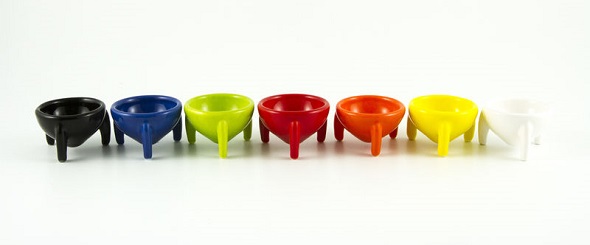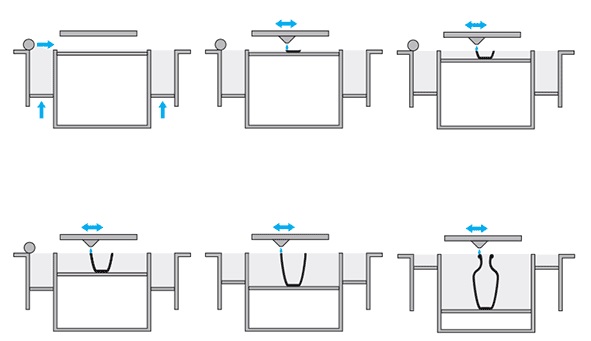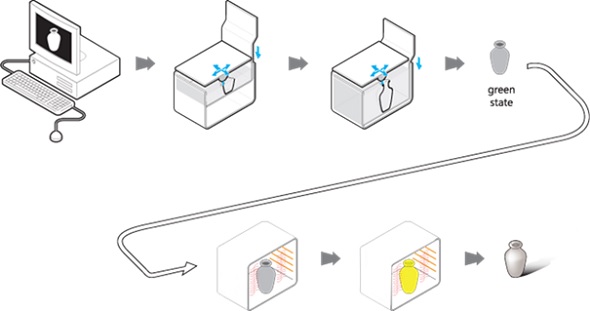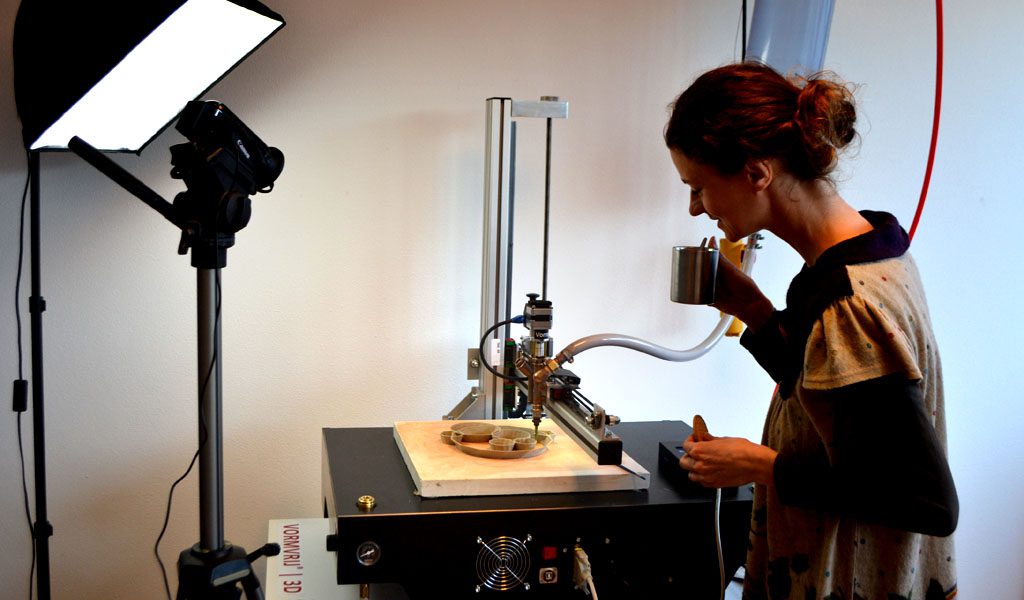Ceramic 3D Printing- Everything you need to know!
Recently, the use of ceramics has gained popularity due to the versatility, beauty, and safety of the material. While metals and plastics have been used in 3D printing for years. Therefore, ceramics have their own set of advantages over these materials. Whether you’re new to 3D printing or new to ceramic 3D printing, here are some useful facts. That you need to know about ceramic 3D printing:
The Material: It’s All Based on Ceramic Powder
When people hear the words ‘3D printing’, they often think of plastic filaments. But there are many other technologies for creating 3D prints. Some are based on liquids, while others are based on powder. For our ceramics printers, it all starts with a special, ultra-fine alumina-silica ceramic powder.
How it works
Process-1
Process-2:
Ceramic 3D printing is done using a specially-designed 3D printer for ceramics. This printer uses ceramic powder, which is placed on a powder bed. To build the model layer by layer from bottom to top. The powder is made up of minuscule, ultra-fine particles of alumina-silica ceramic. After the printer finishes forming the model. They take it out along with the powder bed and place it in a drying oven. The process of drying this ceramic model strengthens it, but it’s still quite fragile even at this point.
Once the drying process I completed, they extract the model from the powder bed and remove the excess powder. To increase the strength, the model then goes through firing in an oven. The first firing is followed by the application of a pre-glaze coating. Once the coating dries up thoroughly. The model goes through a second firing process. They then glaze the model and put it through the final firing. After which you can see a visibly shiny and smooth glaze coating on the ceramic model.
Color choices
With 3D printing ceramics, you have a wide variety of color choices. First of all, you have the basic color choices like black, white, blue, red, green, orange, and yellow. Some professional 3D printing services also offer ceramic models in colors like turquoise and subtle shades of anis green and oyster blue. So regardless of what you need to print using a ceramic 3D printer. You have a series of choices in color.
Types of Ceramic 3D Printing Tools
You have several options for printers and printing tools available:
WASP Clay Extruder
The first option is the Clay Extruder from Italian manufacturer WASP and can be used on any 3D printer. The kit includes a 3-liter tank with a stand, a pressure reducer, a return-prevention valve, a safety valve, and an extrusion piston along with several other essential tools. The most impressive feature of the WASP Clay Extruder is its ability to remove air bubbles from the mixture, resulting in a smooth bubble-free finish.
LUTUM Dual-Color 3D Clay Printer
If you’re looking to use two different types of clay in one print. You can choose from the range of 3D Clay Printers from LUTUM. You can choose from several pre-assembled systems. But they all have a similar large base along with the same build volume. The main difference is in the size of the clay tank and in the extruder system.
DeltaBots’ 3D PotterBot
Among the first ceramic 3D printers specially designed for the pottery industry, the 3D PotterBot from DeltaBots makes use of ceramic paste. It has a RAM extruder with constant flow and a large capacity that can produce large volumes of ceramic materials in undiluted form. The envelope has been designed especially for larger ceramic vessels and can print objects up to 17 inches.
As you can see, ceramic 3D printing offers numerous opportunities to print household objects and art displays. While there may be a few limitations in creating objects that require seamless precision, ceramic printing seems to be an excellent choice for 3D printing.






